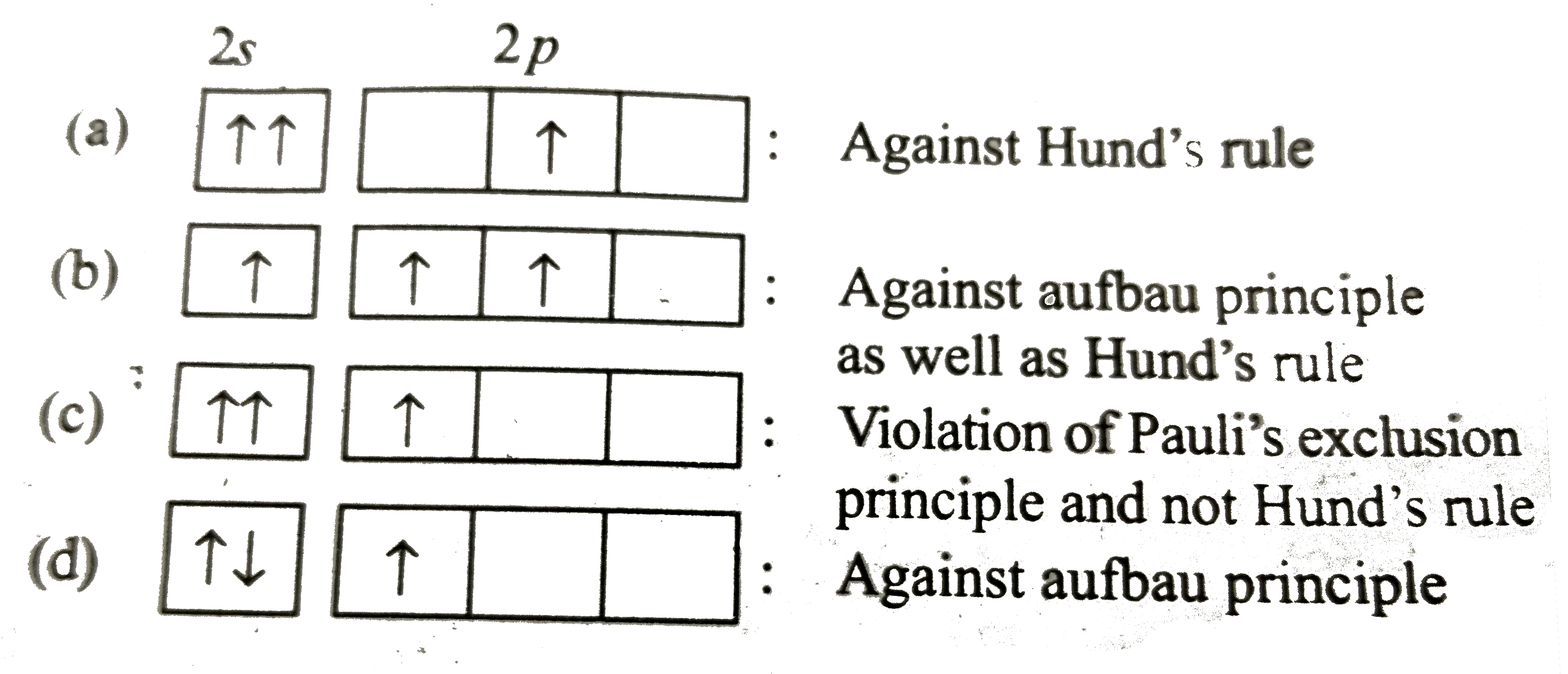Objective Question Level-B from G.R. BATHLA & SONS CHEMISTRY Chapter 3 ATOMIC STRUCTURE for Class 11
| Class 11 | CHEMISTRY |
| Chapter | ATOMIC STRUCTURE |
| G.R. BATHLA & SONS CHEMISTRY | Objective Question Level-B |
| Medium | English |
| Academic Year | 2023-2024 |
Question 19
In a historical experiment to dtermine Planck's constant, a metal surface was irradiated with light of different wavelengths. The emitted photoelectron energies were measured by applying a stopping potential. The relevant data for wavelength (λ) of incident light and the corresponding stopping potential (V0) are given below

Given that c=3×108ms−1 and e=1.6×10−19C, Planck's constant (in units of J s) found from such an experiment is:View SolutionQuestion 37
Imagine an atom made of a proton and a hypothetical particle of double the mass of the electron but having the same change as the electron. Apply the Bohr atom model and consider all possible transitions of this hypothetical particle of the first excited level. the longest wavelength photon that will be emitted has wavelength [given in terms of the Rydberg constant R for the hydrogen atom] equal to View SolutionQuestion 43
Hydrogen (_(1)H1) Deuterium (_(1)H2) singly omised helium (_(1)He1) and doubly ionised lithium (_(1)Li6)++ all have one electron around the nucleus Consider an electron transition from n=2→n=1 if the wavelength of emitted radiartion are λ1,λ2,λ3,andλ4, repectivelly then approximetely which one of the following is correct ? View Solution
All Exercises from G.R. BATHLA & SONS CHEMISTRY Class 11 CHEMISTRY ATOMIC STRUCTURE
- Assertion Reason
- Example
- Illustrations of Objective Question
- Integer Answer Type Questions
- Integer Type Question
- Linked Comprehension Type Question
- Matrix matching Type Question
- Miscellaneous Numerical Examples
- Objective Question Level-B
- Practice Problems
- Questions with single correct Answer
- Self Assement
- Set-2
- Solved Examples
- Some Solved Examples

_S01_107_O01.png)
_S01_107_O02.png)
_S01_107_O03.png)
_S01_107_O04.png)